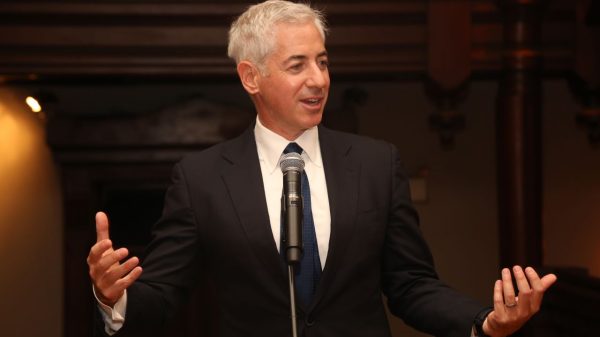Beginning on Tuesday, student loan borrowers can begin enrolling in Biden’s Saving on a Valuable Education (SAVE) repayment plan, which the administration is billing as “the most affordable student loan plan ever.”
Estimated to benefit over 20 million borrowers, the new income-driven repayment program is expected to help participating borrowers cut their payments in half, with some having their balances zeroed out entirely.
The launch of the SAVE plan comes just weeks before millions of Americans are set to receive a loan bill for the first time in more than three years. Since the beginning of the pandemic, student loan payments have been on pause, but the moratorium is set to expire at the end of August. Interest will also start accruing again in September. The first due date will come in October.
Under the SAVE plan, the discretionary income cap will be reduced from 10 percent to five percent, so that borrowers won’t have to put as much of their available income towards their outstanding loans.
“That’s going to save the typical borrower around $1,000 a year. It’s going to give borrowers a little bit more breathing room,” Biden said in a video released by the White House on Tuesday.
Those monthly payments could even be reduced to $0 for borrowers with incomes less than $30,000. Because the plan is based on income and not student loan balance, monthly payments will remain at $0 until a low-income borrower begins making above $30,000, and that balance will not grow since interest accrual will be capped by the SAVE plan.
Those who are looking to sign up can submit an application at StudentAid.gov/SAVE. The application takes roughly 10 minutes or less to complete and the approval process is expected to take a few weeks. While waiting, applicants can track the status of their applications online.
In order to apply, an applicant needs to provide their verified Federal Student Aid ID, their financial information from tax returns, their permanent and mailing address, telephone number and e-mail. Married applicants will also need to provide their spouse’s financial information for IDR plan calculations, as their income could help further lower payments.






































